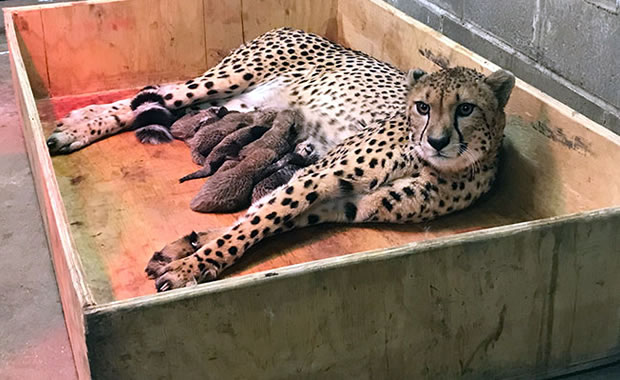
African Wild Ass
|
Creature Profile
The African wild ass is the smallest member of the horse family. Its height is an average 6.5 feet and 4 feet at the shoulder. Its upper body is gray with a darker gray dorsal stripe. Its underparts and muzzle are white and its legs are pale and banded. There are two subspecies of the Africa wild ass: The Nubian wild ass, Equus africanus africanus, and the Somalian wild ass, Equus africanus somaliensis. The Nubian wild ass is believed to be extinct. The Somalian wild ass is historically found in the Denkelia region of Eritrea, north-eastern Ethiopia, and Somalia, but there may only be a few hundred left now in Somalia.
The African wild ass eats a variety of grass and forbs. They prefer to spend the day grazing and foraging for food and resting in the afternoon. Males prefer solitary living, but some have been known to form temporary groups and group members change frequently. Males compete for territory and for breeding females, but no bonds are formed. The female gives birth to only one calf after a gestation period of one year.
Threats to this species include hunting and loss of suitable habitat. There are fewer than 100 African wild asses in captivity.
Wikipedia Article

|
Wikipedia Article Copyright Notice: This article is licensed under the GNU Free Documentation License. It uses material from the Wikipedia article "African wild ass". |
More Links about the African Wild Ass:
Reference Links:African Wild Ass - Wikipedia.com
May 9, 2017
Glenn, C. R. 2006. "Earth's Endangered Creatures - African Wild Ass Facts" (Online). Accessed 4/15/2024 at http://earthsendangered.com/profile.asp?sp=13&ID=1.
Need more African Wild Ass facts?




